
Types of Vectors: After we have learned ‘Vectors and its Components’ and ‘Magnitude and Direction of a Vector’, we’ll learn the Types of Vectors here. Vectors are of different types according to their magnitude, direction, and position with respect to another given vector, and by the method of representing vectors.
********************
10 Math Problems officially announces the release of Quick Math Solver and 10 Math Problems, Apps on Google Play Store for students around the world.
********************
********************
Following are the different types of
vectors:
1. Row Vector
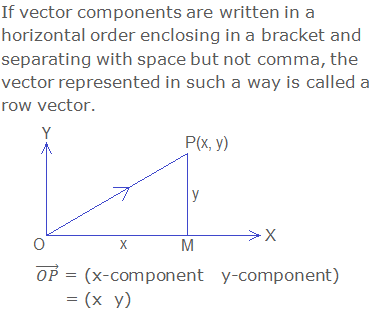
2. Column Vector
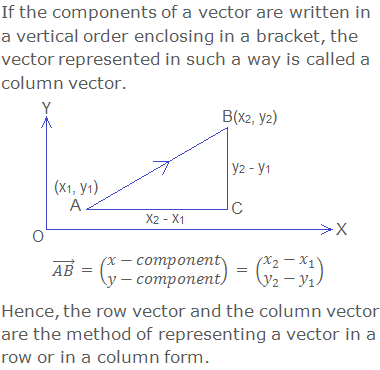
3. Zero vector or Null Vector

4. Proper Vector

5. Negative Vector

6. Equal Vectors
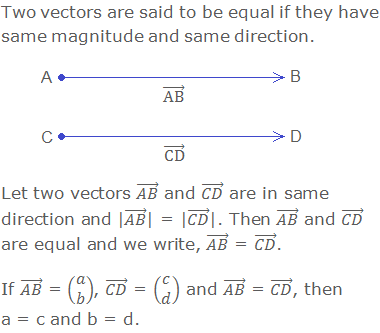
7. Unequal Vectors

8. Unit Vector

9. Parallel or Collinear Vectors

10. Like Vectors
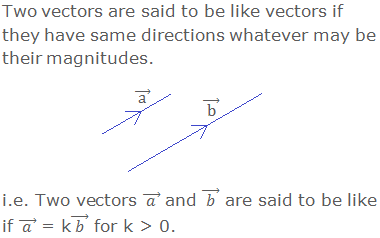
11. Unlike Vectors
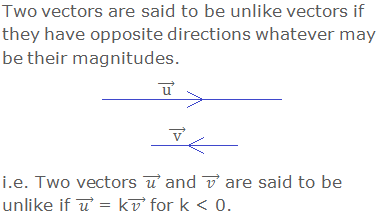
12. Perpendicular or Orthogonal
Vectors

13. Localised Vector

14. Co-initial Vectors

15. Coplanar Vectors

Worked Out Examples



Do you have any questions regarding the types of vectors?
You can ask your questions or problems here, in the comment section below.



0 comments: